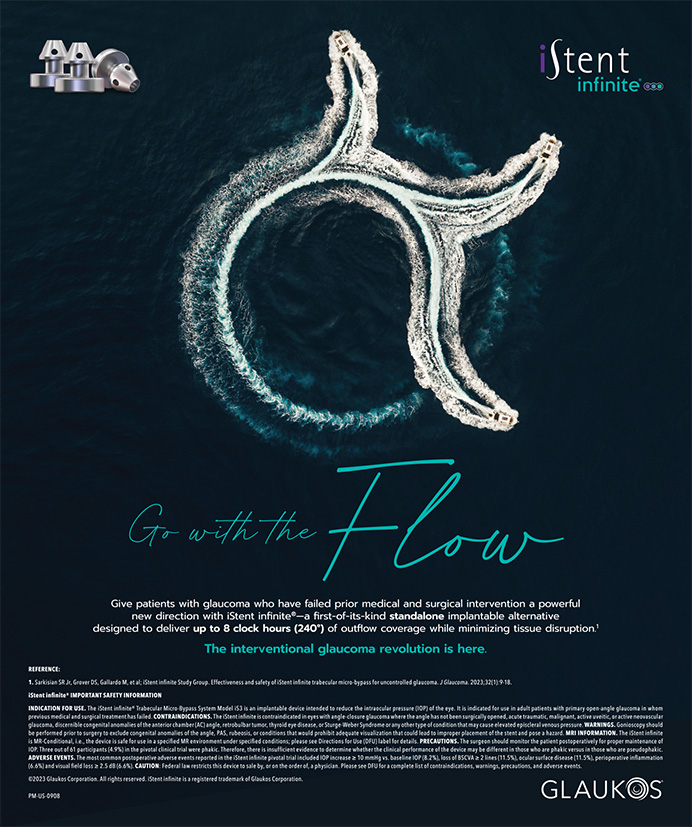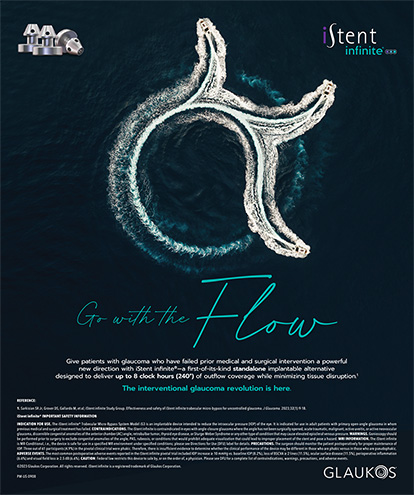Up Front | Sep 2005
Gratitude for the 193-Nanometer Beam
WILLIAM I. BOND, MD, FACS
I have been waiting for the September 2005 edition of Cataract & Refractive Surgery Today with great anticipation, because we have the opportunity to celebrate the 10-year availability in the US of the 193-nm beam, a refractive tool of unprecedented precision and power. First, the Summit excimer laser was approved by the FDA in September 1995, followed by the Star excimer laser (Visx, Incorporated) in April 1996. A decade later, we can reflect on refractive surgery's past and make predictions about its future. One thing is clear: the 193-nm wavelength has literally revolutionized refractive eye care the world over. I first observed the power of lamellar refractive surgery with the excimer laser at the end of my residency in May 1995, when I traveled with Steve Updegraff, MD, FACS, of St. Petersburg, Florida, to Santefe de Bogatá, Colombia, as part of a collaborative effort between our fellowship directors, Stephen Slade, MD, of Houston and Luis A. Ruiz, MD, of Bogotá. Steve was finishing the fellowship and passing the baton to me as I entered it. En route, he kept me spellbound describing what I was going to see with the application of the 193-nm beam under a lamellar flap. We were independent evaluators of LASIK outcomes for mild, moderate, and high myopia with and without astigmatism. At the time, Chiron (now Bausch & Lomb) was anticipating that combining its excimer laser and its existing microkeratome technology, which had a monopoly on the market, could reshape the field of excimer refractive surgery, which was betting its future on surface ablation. Chiron's biggest problem was that it had no credible data on which to pin its hopes. Adrian Koppes, who was then involved in marketing and education for Chiron, helped create this clinical outcomes opportunity. Enter Drs. Updegraff, Slade, Ruiz, and myself to supply the data. What did we see? A glimpse of what the future might hold. We saw patients who presented with tremendous refractive errors be evaluated and treated bilaterally one day and come back the next day (and all subsequent visits out to 1 year) with astounding corneal clarity, minimal-to-no pain, excellent functional vision, and sheer joy that their lives had been changed for the better. With such results, we knew we were onto something very good. In the process, both Dr. Updegraff and I became LASIK patients. It is a good sign when cooks eat their own food. This month, our contributors are many of the people who were responsible for creating the opportunities that deserve applause from an entire industry. From the brain power, ingenuity, and entrepreneurial spirits of the likes of Charles Munnerlyn, Steve Trokel, Lee Nordan, George Waring, Eric Weinberg, Andy Corley, Stephen Slade, and many others, we can trace the roots of the profession by which we benefit and the life-altering changes for which our patients are so thankful.


